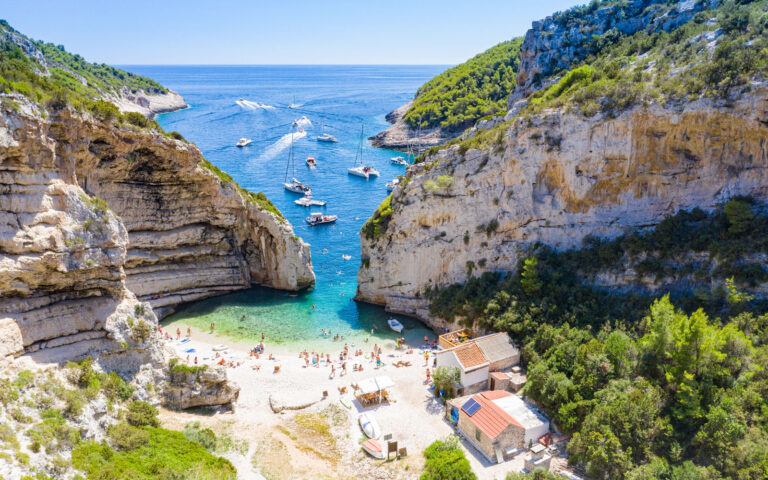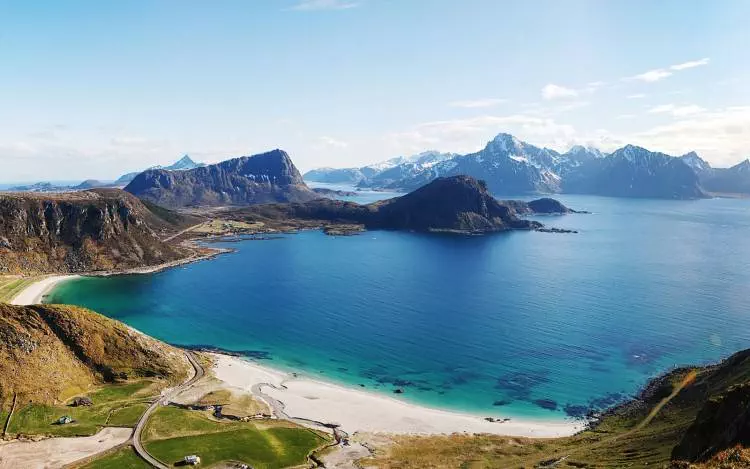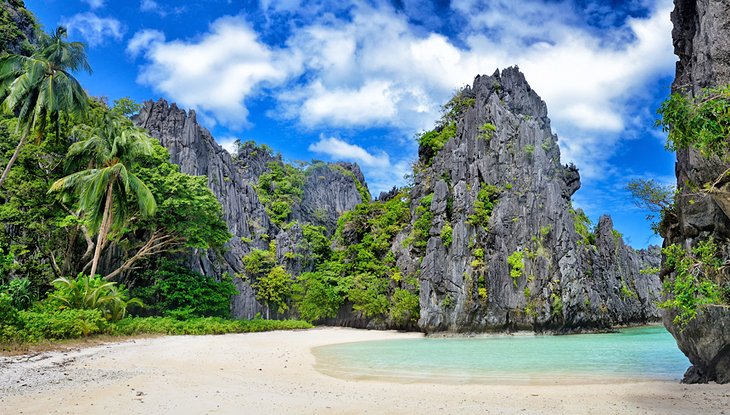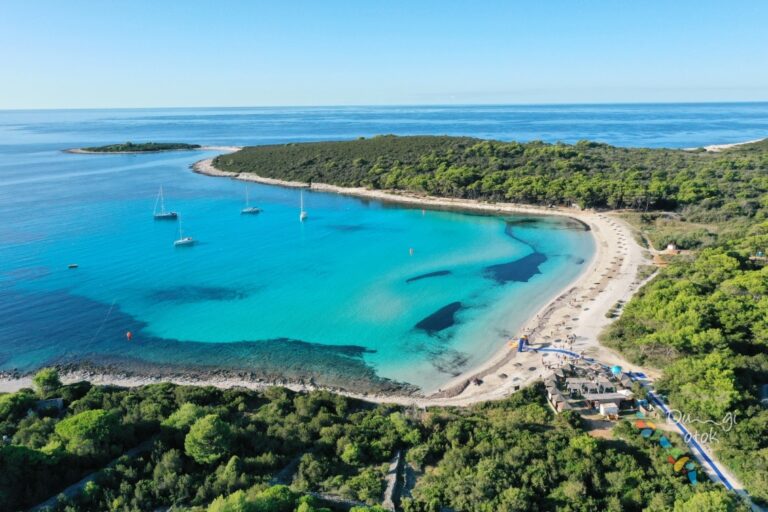Mauritius
Mauritius: A Paradise Island of Tranquility and Natural Beauty
Introduction:
Welcome to the enchanting island of Mauritius, a jewel nestled in the turquoise waters of the Indian Ocean. With its pristine beaches, vibrant coral reefs, diverse culture, and warm hospitality, Mauritius offers an unforgettable experience for travelers seeking a tropical paradise. This travel guide will take you on a journey to discover the allure of Mauritius, from its stunning natural landscapes to its rich cultural heritage and mouthwatering cuisine.
- Location and Climate:
Mauritius is situated in the Indian Ocean, approximately 2,000 kilometers (1,200 miles) off the southeast coast of the African continent. Blessed with a tropical climate, the island enjoys warm weather year-round. The average air temperature ranges from 25°C to 30°C (77°F to 86°F) during summer (November to April) and slightly cooler temperatures of 20°C to 25°C (68°F to 77°F) in winter (May to October). The inviting crystal-clear waters maintain an average temperature of 22°C to 27°C (72°F to 81°F) throughout the year, perfect for swimming, snorkeling, and diving. - Exquisite Cuisine:
One of the highlights of visiting Mauritius is indulging in its delectable culinary delights, which are a fusion of Indian, Creole, Chinese, and European influences. Seafood lovers will rejoice as the island offers an abundance of fresh fish, prawns, and lobster prepared in various flavorsome styles. Be sure to try the traditional Mauritian dish, “Dholl Puri,” a mouthwatering street food delicacy filled with curried split peas, served with chutney and pickles. Additionally, local tropical fruits such as mangoes, pineapples, and lychees are must-tries for a refreshing burst of flavor. Prices for food can vary depending on the type of establishment, but on average, a meal at a mid-range restaurant would cost around 800-1,500 MUR (Mauritian Rupees) or 20-40 USD. - Accommodation and Best Hotels:
Mauritius offers a wide range of accommodations, from luxury resorts to cozy boutique hotels and budget-friendly guesthouses. Some of the best hotels in Mauritius include:
a) One&Only Le Saint Géran: Nestled on a private peninsula on the east coast, this iconic luxury resort offers stunning views of the Indian Ocean, world-class amenities, and exceptional service.
b) The Oberoi Beach Resort, Mauritius: Situated on the northwest coast, this tranquil retreat boasts luxurious villas and pavilions surrounded by lush gardens and a pristine beach.
c) LUX* Belle Mare: Located on the east coast, this contemporary resort combines modern elegance with traditional Mauritian charm. Guests can enjoy spacious suites, a tranquil spa, and a variety of dining options.
d) Heritage Le Telfair Golf & Wellness Resort: Set in the breathtaking Domaine de Bel Ombre, this colonial-style resort offers a perfect blend of relaxation and adventure, including a championship golf course and a spa.
e) Veranda Paul et Virginie Hotel & Spa: Situated on the northeast coast, this adults-only retreat offers a serene ambiance, intimate settings, and breathtaking views of the Indian Ocean.
- Architecture and Cultural Heritage:
Mauritius boasts a diverse architectural landscape, reflecting its rich history and multicultural influences. The island’s architectural styles can be broadly categorized into three main types:
a) Creole Architecture: The most prominent architectural style in Mauritius, Creole architecture blends French colonial and African influences. Characterized by wooden verandas, vibrant colors, and intricate details, Creole houses can be found in various towns and villages across the island.
b) Indian Architecture: Reflecting the Indian diaspora’s heritage, Hindu temples adorned with colorful sculptures and intricate carvings can be found in many parts of Mauritius. The Ganga Talao, a sacred crater lake, is home to the stunning Sagar Shiv Mandir, a Hindu temple that attracts pilgrims and tourists alike.
c) Colonial Architecture: The British and French colonial past of Mauritius is evident in the plantation houses and colonial buildings found in towns like Port Louis and Mahebourg. The famous Château de Labourdonnais is a well-preserved example of French colonial architecture and offers a glimpse into the island’s history.
- Cultural Hotspots:
Mauritius is a melting pot of cultures, and there are several cultural hotspots worth exploring:
a) Port Louis: The capital city of Mauritius, Port Louis, is a vibrant blend of cultures, offering a mix of historical landmarks, bustling markets, and modern shopping centers. Don’t miss a visit to the iconic Central Market, where you can immerse yourself in the flavors, scents, and colors of local produce and spices.
b) Aapravasi Ghat: A UNESCO World Heritage Site, Aapravasi Ghat is a significant historical site that showcases the island’s indentured labor past. It served as the immigration depot for indentured laborers arriving from India, and today it stands as a symbol of cultural heritage and the importance of human rights.
c) Eureka House: Located in Moka, Eureka House is a fascinating museum that offers a glimpse into the island’s colonial past. This 19th-century Creole mansion showcases period furniture, antique maps, and artifacts, providing insight into the lives of plantation owners and their slaves.
d) SSR Botanical Garden: Previously known as the Pamplemousses Botanical Garden, this expansive garden is home to an impressive collection of indigenous and exotic plant species. Highlights include the giant water lilies, talipot palm, and the famous Avenue of Royal Palms.
- Best Time to Visit:
The best time to visit Mauritius is during the months of May to December when the weather is cooler and drier. This period is considered the winter season, with fewer chances of rainfall and a pleasant climate for outdoor activities. If you’re interested in experiencing the island’s vibrant cultural festivals, such as Diwali or Chinese New Year, it’s best to plan your visit accordingly, as these events add an extra touch of excitement and color to the island. - Nearby Attractions:
While Mauritius itself offers an abundance of natural beauty and cultural experiences, there are also several nearby attractions worth exploring:
a) Rodrigues Island: Located about 600 kilometers (370 miles) east of Mauritius, Rodrigues Island is a tranquil and unspoiled paradise known for its breathtaking landscapes, coral reefs, and friendly locals.
b) Black River Gorges National Park: Situated in the southwestern part of Mauritius, this national park is a haven for nature lovers and hikers. It is home to dense forests, rare bird species, and majestic waterfalls, including the famous Chamarel Waterfall.
c) Ile aux Cerfs: Located off the east coast of Mauritius, Ile aux Cerfs is a picturesque island renowned for its pristine beaches, crystal-clear lagoons, and water sports activities, making it a perfect day trip destination.
- Interesting Facts:
- The island of Mauritius was the only known home of the extinct Dodo bird, which has since become a symbol of the island’s unique biodiversity.
- Mark Twain, the renowned American author, once said, “Mauritius was made first and then heaven; and heaven was copied after Mauritius.”
- English and French are the official languages of Mauritius, reflecting its colonial history.
- The island is surrounded by a coral reef, making it a paradise for snorkelers and scuba divers.
- Mauritius is known for its sugarcane plantations and rum production, with several distilleries offering tours and tastings.
- How to Travel to Mauritius:
Mauritius is easily accessible by air, with Sir Seewoosagur Ramgoolam International Airport (MRU) serving as the main gateway. Direct flights connect Mauritius to various international destinations, including major cities in Europe, Africa, the Middle East, and Asia. Upon arrival, you can either rent a car, hire a taxi, or arrange transfers provided by your hotel to reach your desired destination.
Conclusion:
Mauritius captivates visitors with its pristine beaches, crystal-clear waters, rich cultural heritage, and warm hospitality. Whether you seek relaxation, adventure, or a blend of both, this tropical paradise offers a diverse range of experiences to suit every traveler. From exploring its vibrant markets and historical sites to indulging in mouthwatering cuisine and engaging in thrilling water sports, Mauritius promises an unforgettable journey that will leave you longing to return. Start planning your visit to Mauritius, and let this exotic island weave its magic around you.






